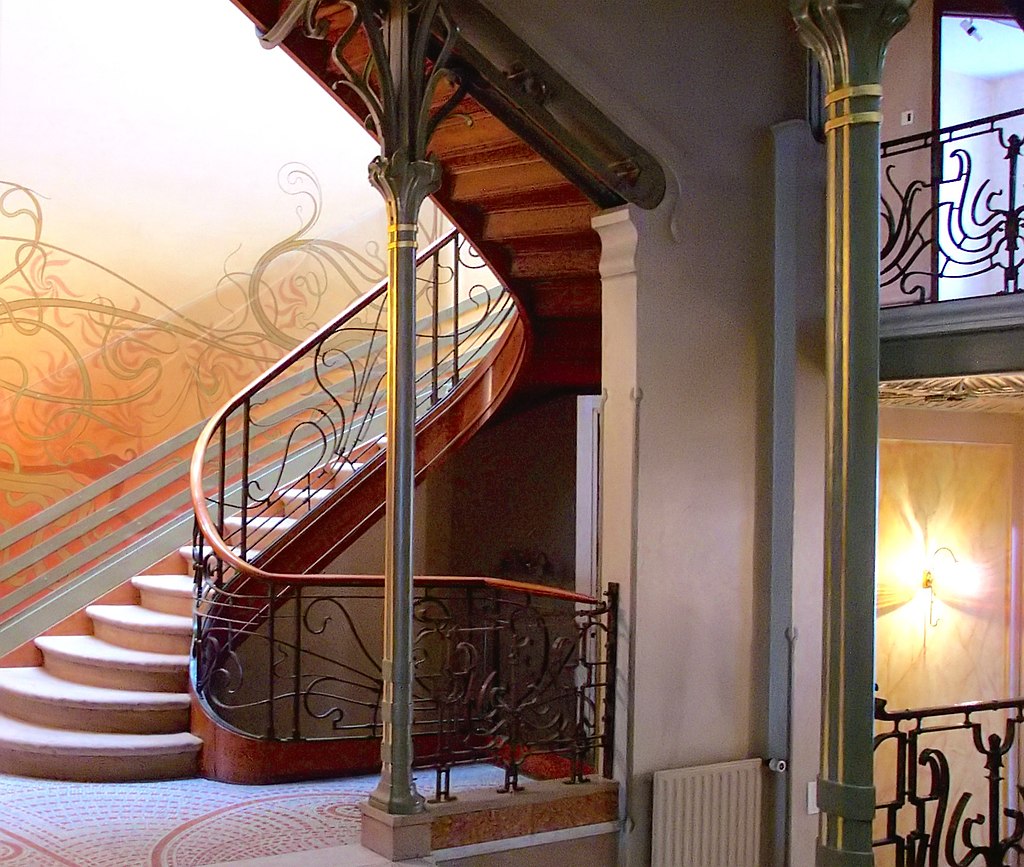Art Deco was an international movement which emerged in France in the late 1920s, although the Unites States of America became prominent leaders of the movement. In fact, the style continued to develop further there in the 1930s, at the time of the Great Depression. Derived from the Exposition Internationale des Arts Décoratifs et Industriels Moderne - a world fair which took place in Paris in 1925 - Art Deco is the term used for the style best known for its glamour, modern and extravaganct design, characterized by geometric shapes, symmetry, sleek lines, and the use of new materials such as plastic and chrome.
The 1920s and 1930s were the years of change in society itself. Due to the introduction of industrial production and the fast-paced rhythm of life brought about by technological advancement, Art Deco was the movement that embraced all these factors and influenced the majority of arts, such as architecture, interior design, fashion and film.
Art Deco designs took their inspiration from various sources, each distinctive but able to influence the designers of the time. For example, art movements such as Cubism, Fauvism and Futurism led to the adoption of geometric and angular shapes, symmetry and the use of bold colours. The discovery of the tomb of Tutankhamen was also a source of inspiration, as was Art Nouveau. Art Deco designers adopted the nature motifs which are identified with Art Nouveau, but opted to use new material such as chrome, ivory and Bakelite and bold colours such as black instead of soft pastels. The glitz and glamour of early Hollywood was also a source of inspiration, with the use of material such as highly polished wood and glossy black lacquer mixed with satin and furs, and the excessive use of reflective surface such as mirror tiles, glass and metal.
As mentioned before, the 1930s brought about the Great Depression in America, which gave way to a new aspect of Art Deco - from a style that was exclusively for the wealthy to one which was as luxurious and elegant, but still available for the masses. Due to the popularity of machine-produced material, people could still afford to have the beauty of Art Deco designs, but rather than being hand-made, products were made from synthetic materials. Streamlining was also popular at the time, with designs being inspired by the streamlined forms of aeroplanes, ocean liners and cars, as well as the ever-increasing building of skyscrapers.
Prominent designers of the Art Deco movement include Rene Lalique, Jacques-Emile Ruhlmann and Clarice Cliff.
 |
| Skyscraper bookcase - Paul T. Frankl |
 |
| The Chrysler Building in America - William Van Alen |
 |
| The highly-adorned interior of the Chrysler Building |
 |
| Advertising poster for the French train Etoile du Nord - A. M. Cassandre |
 |
| Radio City Music Hall's Interior |
| Influence of Art Deco on typography : A.M. Cassandre’s Bifur typeface |
 |
| Art Deco and its influence in the 21st Century: poster for the film The Great Gatsby |
 |
| S.S. Normandie's main dining room, decorated with glass by Rene Lalique |
References
Bigman, A. (2012). Art Deco: A strong, striking style for graphic design - Designer Blog. [online] The Creative Edge. Available at: http://99designs.com/designer-blog/2012/06/05/art-deco-a-strong-striking-style-for-graphic-design/ [Accessed 21 Dec. 2014].
Gds.parkland.edu, (2015). Graphic Design History | Art Deco. [online] Available at: http://gds.parkland.edu/gds/!lectures/history/1925/artdeco.html [Accessed 21 Dec. 2014].
Vam.ac.uk, (2015). Art Deco - Victoria and Albert Museum. [online] Available at: http://www.vam.ac.uk/content/articles/a/art-deco/ [Accessed 21 Dec. 2014].
Ww.worldguide.eu, (2015). What Is Art Deco? - Art Deco - Design. [online] Available at: http://www.ww.worldguide.eu/wg/index.php?StoryID=148&ArticleID=20749&ArticleLang=1 [Accessed 21 Dec. 2014].

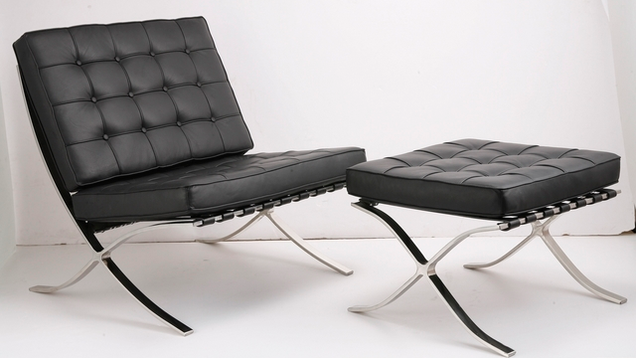
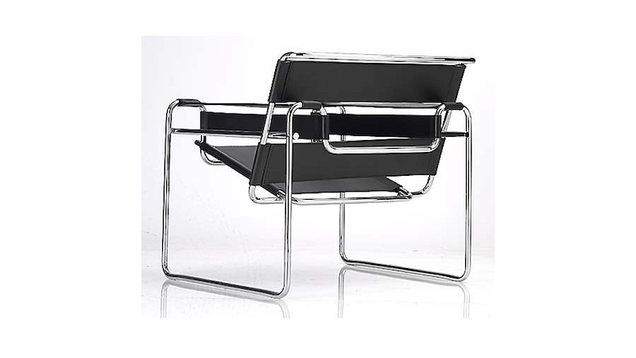
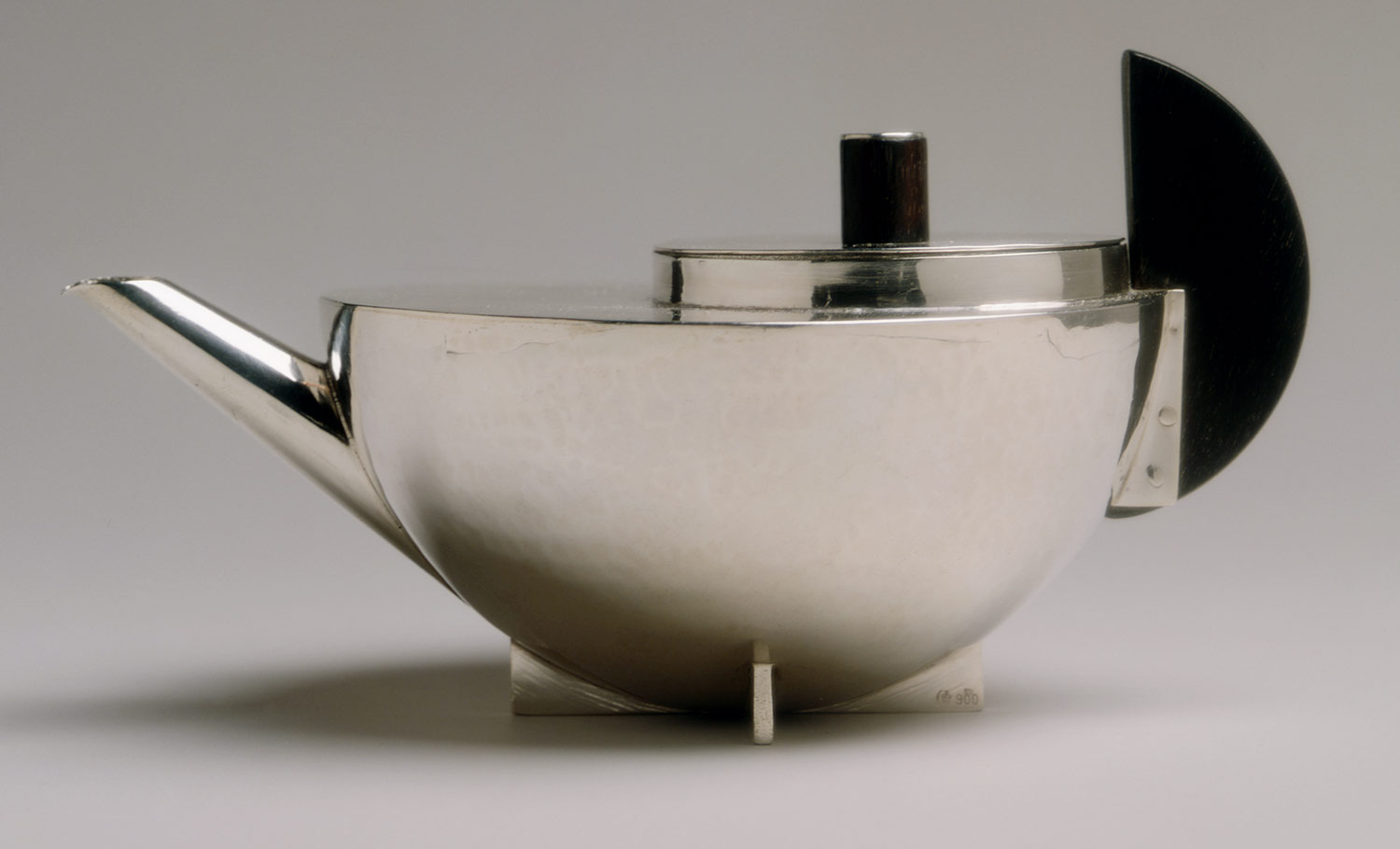








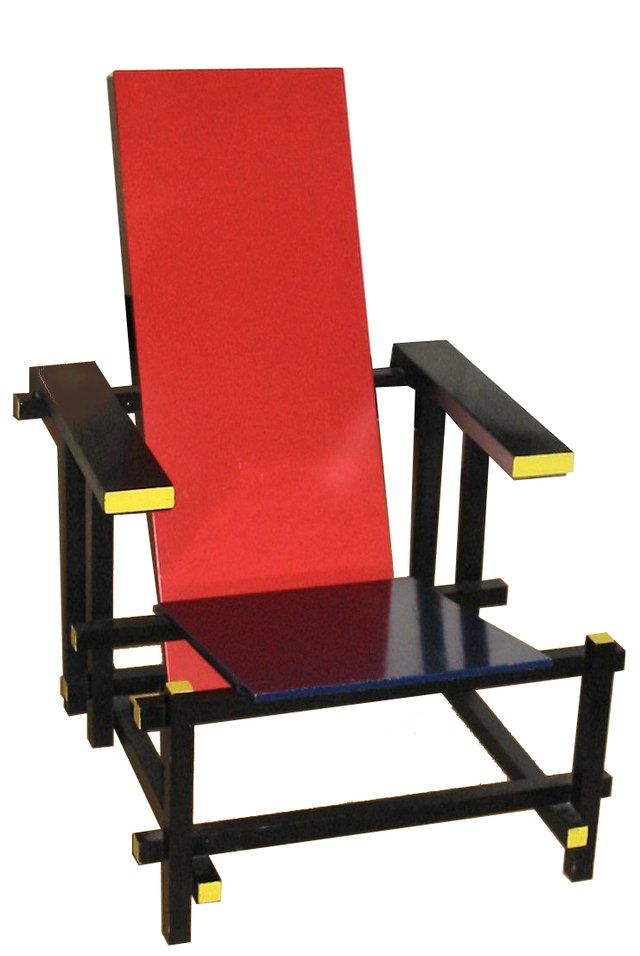








.jpg)



